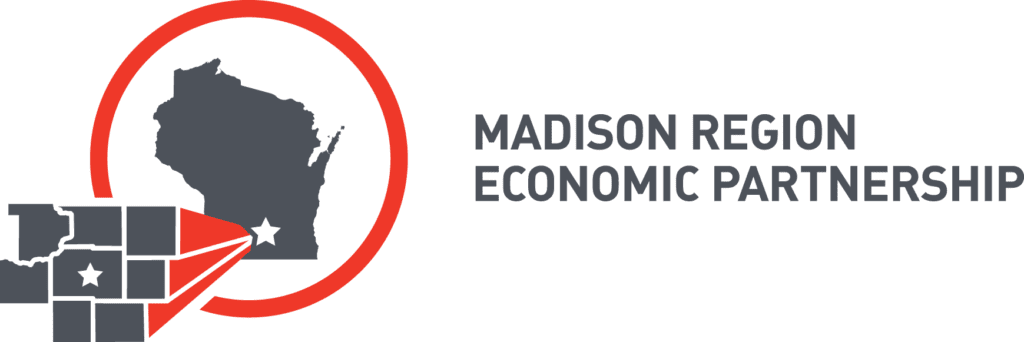Excerpted from WisBusiness.com
By Alex Moe
A recent Madison Region Economic Partnership event highlighted the benefits of diversity in the workforce.
Over 500 attendants gathered May 11 at the Monona Terrace in Madison for the Economic Development and Diversity Summit. They heard from speakers like Tiffany Jana, CEO and president of TMI consulting, a diversity and inclusion company based in Richmond, Va.
She says if companies want the fresh perspectives and unorthodox ideas that come from a more diverse group of workers, they have to be prepared to be flexible.
“If you want the upside of diversity, you have to be prepared that someone who comes from a different background, with a different set of experiences and a different set of values, they’re going to create a little bit of friction,” she said. “Because if you ask the same people the same questions over and over again, you get the same kind of results. When you throw different in there, they’re going to challenge.”
And this is actually a good thing for companies, she says, because it forces those in charge to “rise to a higher level of critical thinking in order to defend and explain what’s going on.”
This type of interaction, she says, leads to the pursuit of more innovative strategies. But it won’t happen unless companies make a concerted effort to include diverse individuals in their worker populations.
“If your plan is to sit around and wait for diversity to fall on your head — it’s not gonna happen,” she said.
Ruben Anthony, president and CEO of the Urban League of Greater Madison, says diversity and economic development “go hand-in-hand” when companies and other decision-makers commit to supporting a more diverse labor pool.
Also at the summit, MadREP rolled out findings from its 2017 Workplace Diversity & Inclusion Survey. The survey was sent to 2,464 employers between February and March, and received 468 responses. According to the survey, the regional workforce is 84.9 percent white, with 6.3 percent African-American and 6.4 percent Hispanic or Latino. Only 1.4 percent is Asian, while Native Hawaiian or Pacific Islanders, American Indians or Alaskans, and those of mixed heritage made up the final 1 percent.
Anthony says he has seen the Madison region already making great strides in pursuing diversity in health care, customer service and the trades.
“When you look at an investment portfolio, having a diversified investment portfolio is a sign of spirit and stability,” he said. “In the global marketplace, having diverse allies and global partners allows one to have access to diverse cultures, products and services. So diversity is a value that has economic benefits; if done right, organizations can benefit greatly.



